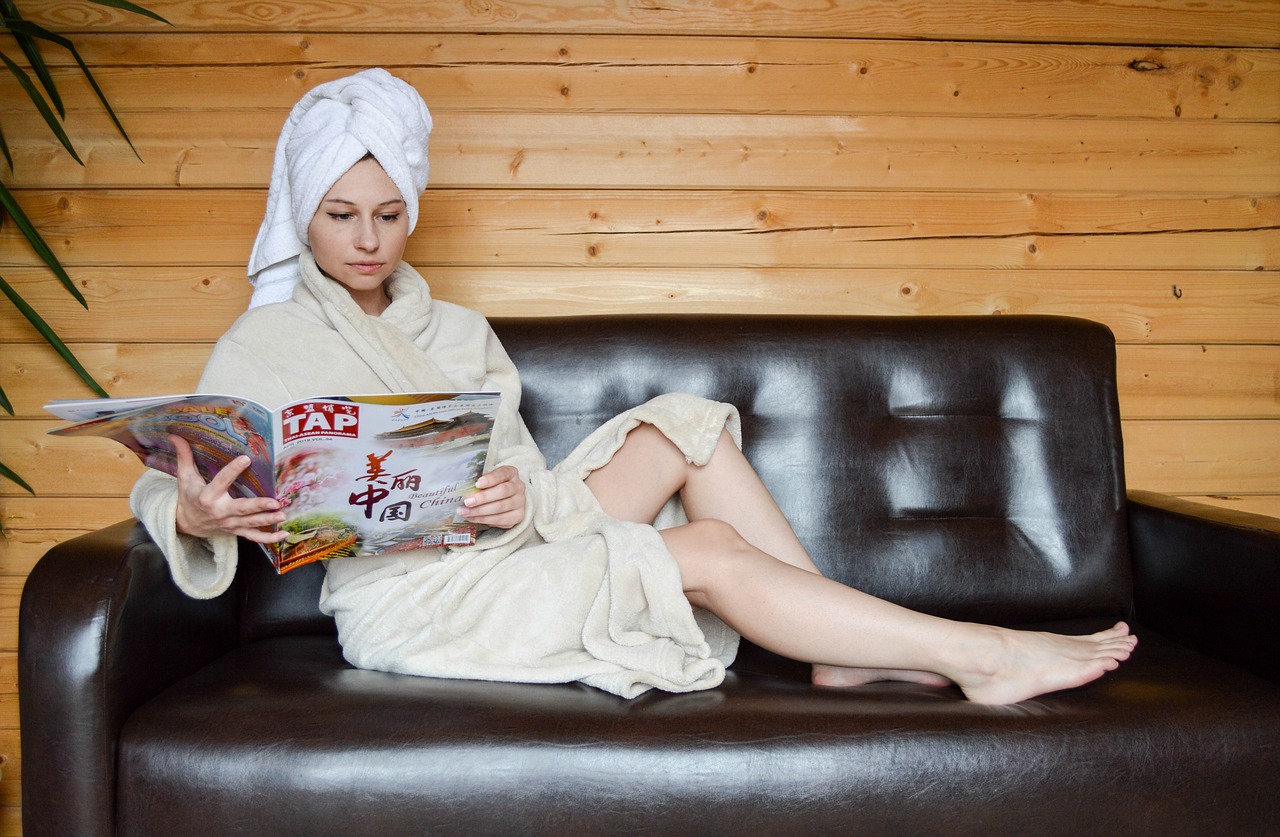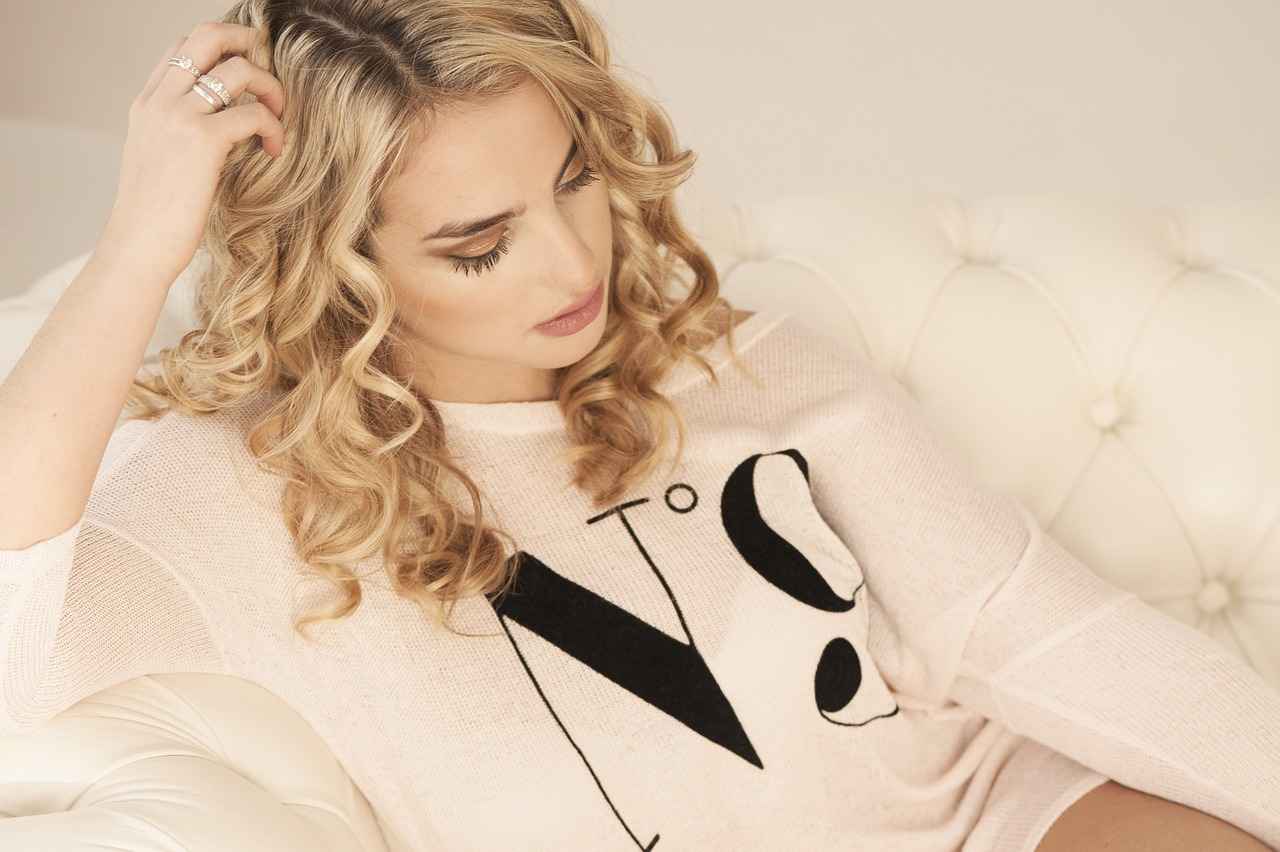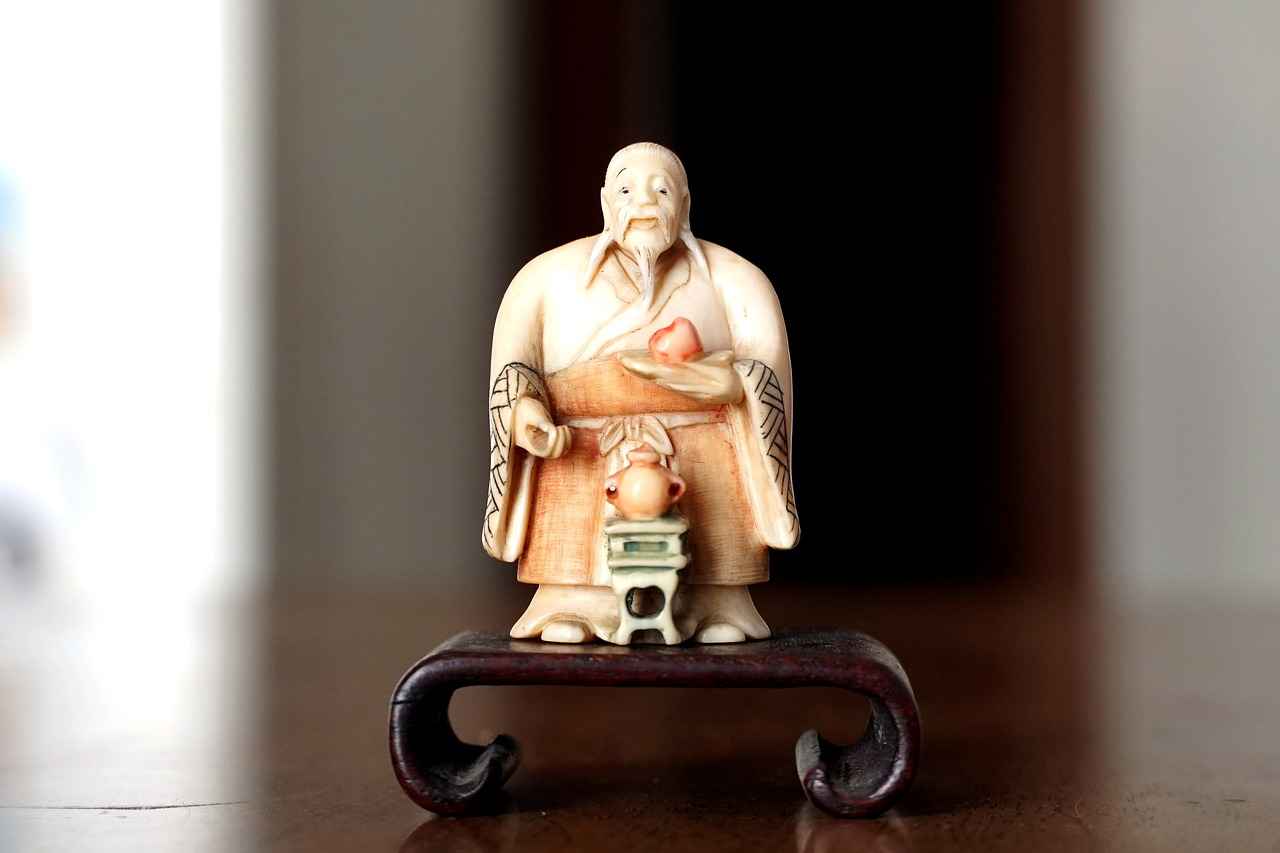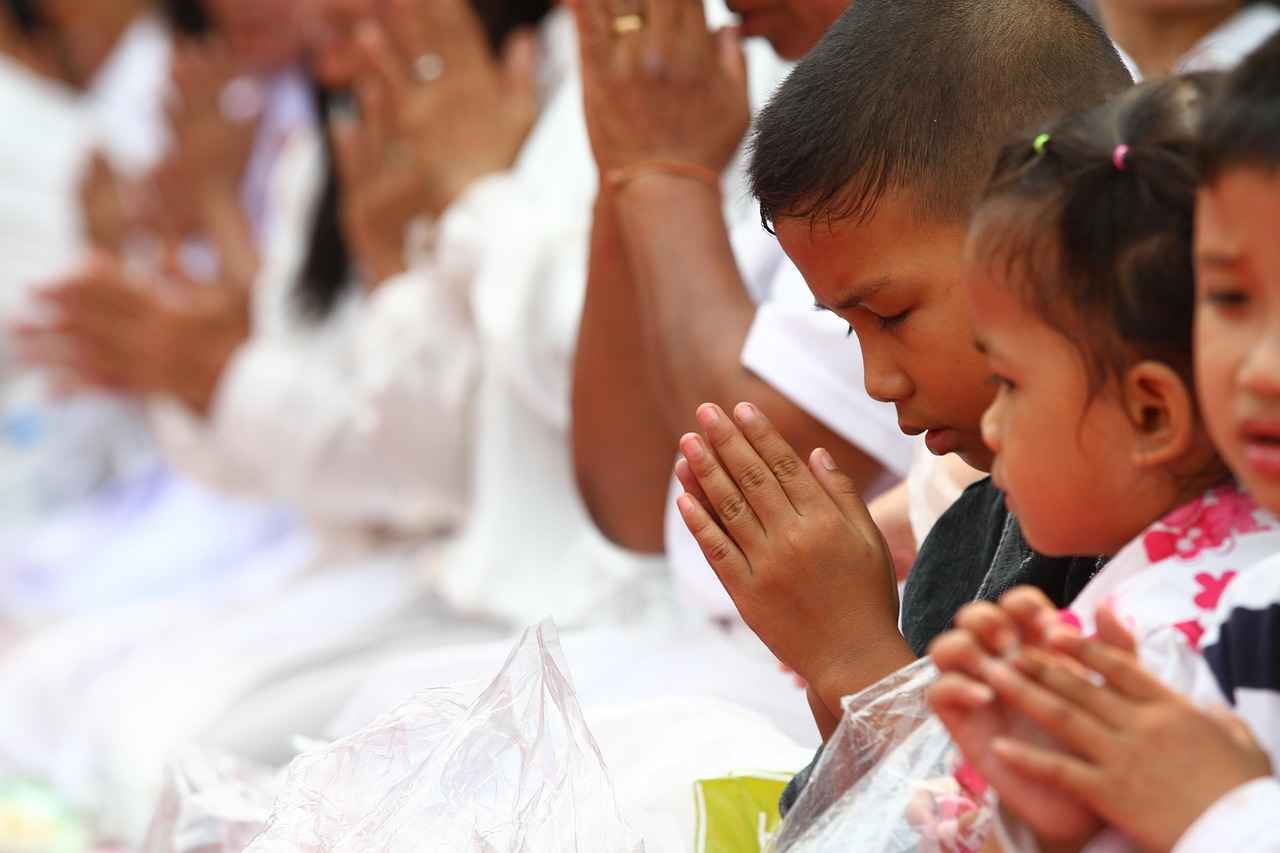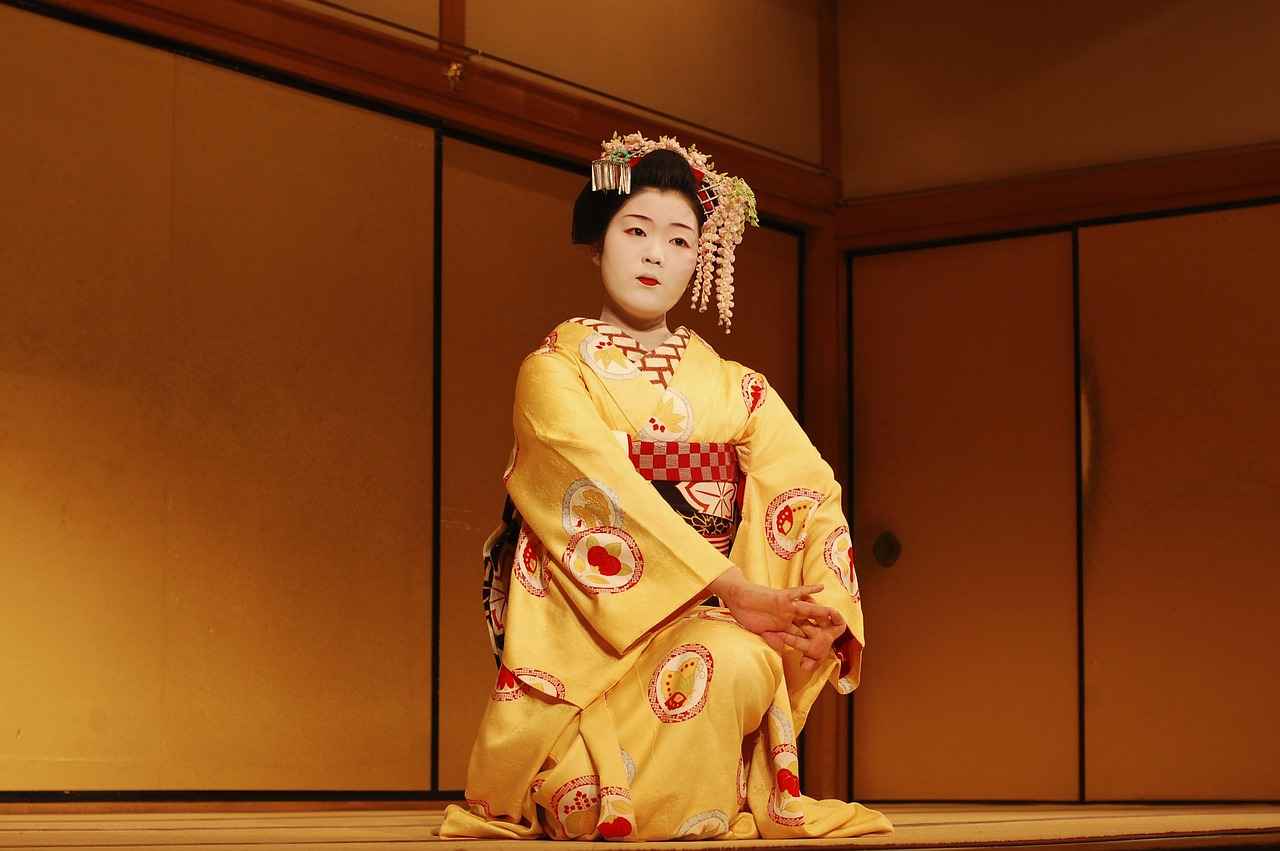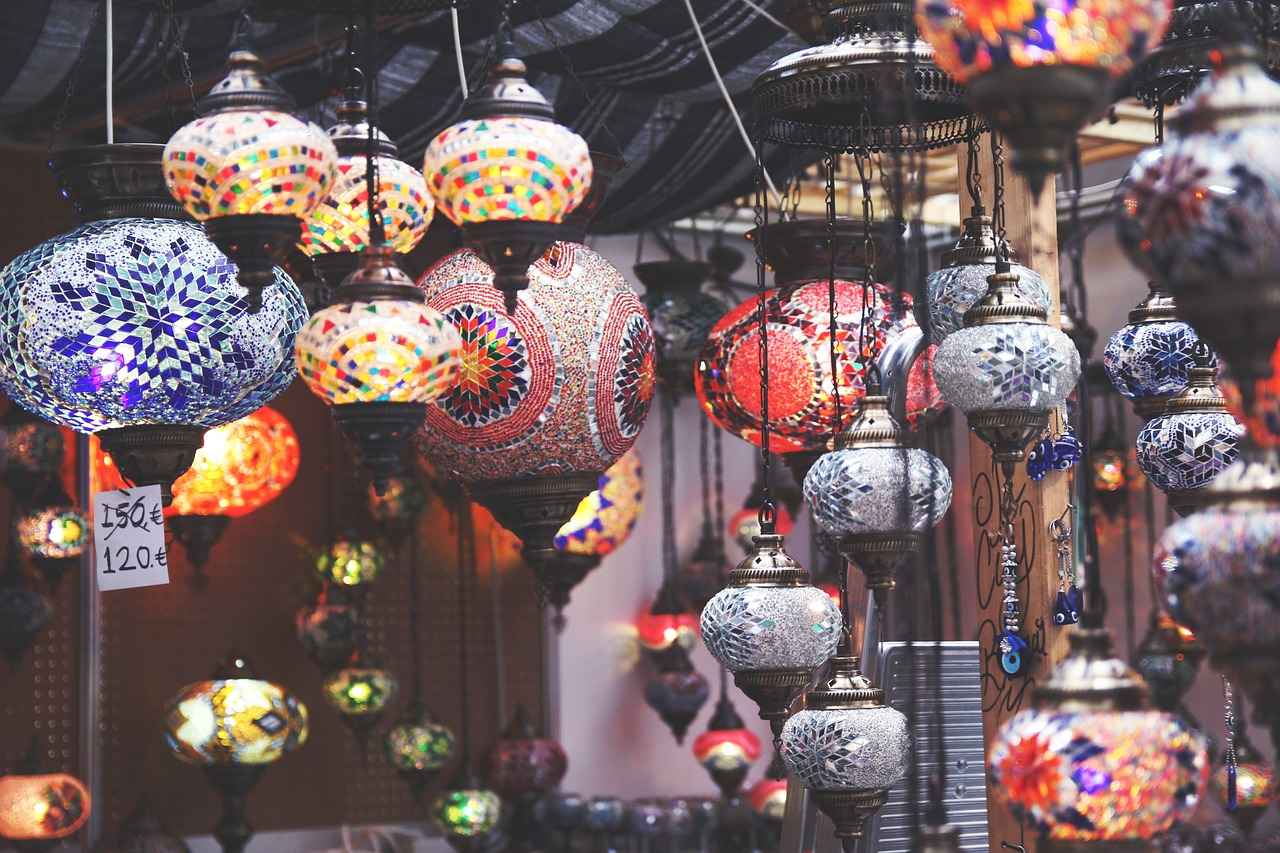This article delves into the distinct characteristics, cultural significance, and various styles of robes and kimonos, providing a comprehensive understanding of these two traditional garments.
Understanding the Basics of Robes
Robes are versatile garments known for their loose fit and comfort, worn across various cultures. Historically, robes have served multiple purposes, from ceremonial attire to casual loungewear. In modern fashion, they are frequently seen in both homewear and high fashion contexts.
The Cultural Significance of Kimonos
Kimonos are traditional Japanese garments that embody rich cultural heritage. They symbolize elegance and are often worn during ceremonial occasions and festivals. The intricate designs and colors of kimonos often represent various meanings, making them not just clothing but a form of artistic expression.
Materials Used in Robes
- Cotton: Known for its breathability and comfort.
- Silk: Offers a luxurious feel and elegant appearance.
- Polyester: Durable and easy to care for.
Popular Fabrics for Kimonos
- Silk: The most traditional and luxurious fabric.
- Cotton: Provides comfort and ease of wear.
- Synthetic fibers: Often used for modern styles.
Styles and Designs of Robes
Robes are available in a variety of styles, from bathrobes to fashion-forward designs. Each style serves different purposes, whether for lounging at home or making a fashion statement.
Exploring Kimono Styles
Kimonos come in numerous styles, including Yukata for summer festivals and Furisode for young women at formal events. Each style has unique characteristics that reflect the wearer’s age and the occasion.
Fashion Trends: Robes vs. Kimonos
Both robes and kimonos have transcended their traditional roots to become staples in contemporary fashion. Designers are incorporating these garments into modern collections, showcasing their versatility and timeless appeal.
Care and Maintenance of Robes
Proper care is essential for maintaining the quality of robes. Washing in cold water, avoiding harsh detergents, and air drying can help preserve their fabric and shape.
Preserving Kimonos
Kimonos require special care due to their intricate designs. It is advisable to store them in a cool, dry place and to avoid exposure to direct sunlight to maintain their vibrant colors.
In conclusion, understanding the differences between robes and kimonos enhances appreciation for these garments. Both have unique histories, cultural significance, and styles that continue to evolve in today’s fashion landscape.

Understanding the Basics of Robes
Robes are timeless garments that have transcended cultural boundaries, offering both comfort and style. Their loose fit and versatile nature make them a staple in various wardrobes across the globe. In this section, we will explore the rich history of robes, their diverse styles, and their modern applications in fashion.
The origins of robes can be traced back to ancient civilizations, where they were often worn as symbols of status and authority. For instance, in ancient Rome, the toga served as a formal garment for citizens, while in the Middle East, robes were integral to daily attire, reflecting both cultural identity and practicality.
Today, robes have evolved into a wide range of styles, catering to different needs and occasions. From cozy bathrobes designed for relaxation to elegant evening wraps that enhance formal attire, the versatility of robes is unmatched. They are often made from various materials, including cotton, silk, and polyester, each offering unique benefits in terms of comfort and aesthetics.
| Style | Description |
|---|---|
| Bathrobe | A soft, absorbent robe typically worn after bathing. |
| Dressing Gown | An elegant robe often worn at home, suitable for lounging. |
| Kimonos | Traditional Japanese robes characterized by intricate designs. |
In modern fashion, robes have made a significant impact, appearing on runways and in everyday wear. Designers often incorporate unique patterns and innovative cuts, making robes not just functional but also fashionable. They can be styled in numerous ways, allowing individuals to express their personal style while enjoying the comfort that robes provide.
In conclusion, robes are more than just garments; they are a reflection of cultural heritage and personal expression. As we continue to embrace their versatility, robes will undoubtedly remain a beloved choice in both casual and formal settings.

The Cultural Significance of Kimonos
Kimonos are not merely garments; they are a profound representation of Japan’s rich cultural heritage. These traditional clothing pieces have evolved over centuries, embodying the essence of Japanese identity, artistry, and social customs. This article delves into the history, symbolism, and the various occasions that call for wearing kimonos.
The history of kimonos dates back to the Heian period (794-1185), where they were characterized by their simple T-shape and were worn by both men and women. Over the years, the design and fabric of kimonos have transformed, reflecting changes in fashion and societal norms. Today, kimonos are often made from luxurious materials such as silk and are adorned with intricate patterns and colors, each telling a story or representing specific cultural symbols.
| Symbolism | Meaning |
|---|---|
| Cherry Blossoms | Transience of life |
| Crane | Good fortune and longevity |
| Waves | Strength and resilience |
Kimonos are typically worn during significant cultural events such as weddings, tea ceremonies, and festivals. Each occasion has its specific style of kimono, reflecting the formality and cultural importance of the event. For instance, a furisode kimono, with its long sleeves, is often worn by young women during their coming-of-age ceremonies, symbolizing their transition into adulthood.
In contemporary Japan, while western-style clothing has become prevalent, kimonos still hold a special place in the hearts of many. They are not just worn for cultural events but are also embraced in modern fashion, showcasing a blend of tradition and contemporary style. This fusion highlights the versatility of kimonos, making them a timeless piece of clothing.
In conclusion, the cultural significance of kimonos extends beyond their aesthetic appeal. They serve as a reminder of Japan’s rich history and the values that continue to shape its society. Understanding kimonos allows us to appreciate the intricate connection between clothing and culture, making them an essential part of Japan’s identity.
Materials Used in Robes
Robes are not only a symbol of relaxation and comfort but also come in a variety of materials that greatly influence their comfort and style. Understanding the different fabrics used in robes can help you make an informed choice when selecting the perfect one for your needs.
| Material | Benefits | Ideal Uses |
|---|---|---|
| Cotton | Soft, breathable, and absorbent | Casual wear, spa days, and lounging at home |
| Silk | Luxurious feel, lightweight, and elegant | Formal occasions, special events, and as a fashion statement |
| Polyester | Durable, wrinkle-resistant, and quick-drying | Travel, everyday use, and quick changes |
Each fabric brings its own unique characteristics to a robe:
- Cotton is favored for its breathability and comfort, making it perfect for warm weather or after a shower.
- Silk offers a touch of luxury and is often chosen for its elegance and softness, ideal for special occasions.
- Polyester is a practical choice due to its durability and ease of care, making it suitable for everyday wear.
When selecting a robe, consider the occasion and personal preference. The right material can enhance your experience, whether you are relaxing at home or dressing up for a special event. Understanding these differences will help you choose a robe that not only looks good but also feels great.
Popular Fabrics for Kimonos
Kimonos are not just garments; they are a reflection of Japanese culture and artistry. Traditionally, these beautiful pieces are crafted from various materials that influence their aesthetic and functional qualities. Understanding the popular fabrics used in kimono production is essential for appreciating their beauty and significance.
The most common fabric used for kimonos is silk, renowned for its luxurious feel and vibrant colors. Silk kimonos are often worn during formal occasions such as weddings and ceremonies, showcasing intricate patterns that symbolize various aspects of Japanese culture. The sheen of silk adds an elegant touch, making it a preferred choice for special events.
Another widely used fabric is cotton, which offers a more casual and comfortable alternative. Cotton kimonos are ideal for everyday wear and are often seen in summer festivals. They are lightweight and breathable, making them suitable for warmer climates. Additionally, cotton kimonos can feature playful designs, appealing to a younger audience.
In recent years, synthetic fibers have gained popularity due to their durability and ease of care. These materials can mimic the look of traditional fabrics while providing added benefits such as wrinkle resistance and machine washability. This makes synthetic kimonos an excellent choice for those who appreciate the aesthetic but seek practicality in their clothing choices.
In conclusion, the choice of fabric significantly impacts the appearance, feel, and appropriateness of kimonos for different occasions. Whether opting for the elegance of silk, the comfort of cotton, or the practicality of synthetic fibers, each material offers unique qualities that enhance the overall experience of wearing a kimono.
Comparing Fabric Durability
When it comes to the longevity and resilience of garments, fabric durability is a key consideration. Both robes and kimonos are made from various materials, each offering unique properties that affect how well they withstand wear and tear over time.
Robes are often crafted from materials such as cotton, polyester, and silk. Cotton robes are known for their breathability and comfort, making them ideal for casual wear. However, they may not be as durable as polyester, which is resistant to wrinkles and fading. Silk, while luxurious and soft, requires careful handling and may wear out more quickly if not properly cared for.
On the other hand, kimonos are traditionally made from silk, cotton, or synthetic fibers. Silk kimonos are celebrated for their elegance and vibrant colors, but they can be delicate. Cotton kimonos, while more durable and easier to care for, may lack the same luxurious feel. Synthetic options can provide a balance between durability and aesthetic appeal, often being more resistant to stains and damage.
To better understand the durability of these fabrics, consider the following table:
| Fabric Type | Durability | Care Requirements |
|---|---|---|
| Cotton | Moderate | Machine washable, prone to fading |
| Polyester | High | Machine washable, low maintenance |
| Silk | Low to Moderate | Dry clean recommended, delicate handling |
In conclusion, the choice of fabric significantly impacts the durability of both robes and kimonos. Understanding these differences can help consumers make informed decisions based on their lifestyle and garment care preferences. Whether you prioritize comfort, elegance, or ease of maintenance, selecting the right fabric is essential for ensuring your garment lasts through many wears.
Styles and Designs of Robes
Robes are not just garments; they are a reflection of comfort, style, and cultural heritage. vary widely, catering to different preferences, occasions, and climates. This section will explore various popular robe styles, highlighting their unique features and functionalities.
- Bathrobes: Often made from absorbent materials like cotton or terry cloth, bathrobes are designed for comfort and practicality. They are typically worn after a shower or bath, providing warmth and coziness.
- Dressing Gowns: These elegant robes are usually made from luxurious fabrics like silk or satin. Dressing gowns are often worn during leisurely mornings or for special occasions, adding a touch of sophistication to one’s attire.
- Kimonos: Although traditionally Japanese, kimonos have gained popularity worldwide. They are characterized by wide sleeves and a wrap-around design, often adorned with intricate patterns and vibrant colors, suitable for both casual and formal wear.
- Hooded Robes: Combining functionality with style, hooded robes provide extra warmth and a trendy look. They are perfect for lounging at home or for use in spas and wellness centers.
- Fashion Robes: These modern designs often incorporate unique cuts, patterns, and embellishments. Fashion robes are worn as statement pieces, blending comfort with contemporary style.
Each robe style serves a distinct purpose, and the choice often depends on personal preference and the context in which it will be worn. Whether for relaxation, fashion, or cultural significance, robes offer a versatile addition to any wardrobe.
In conclusion, understanding the various styles and designs of robes can enhance your wardrobe choices and ensure you select the right robe for every occasion. With options ranging from cozy bathrobes to stylish fashion-forward designs, there is a robe to suit every taste and need.
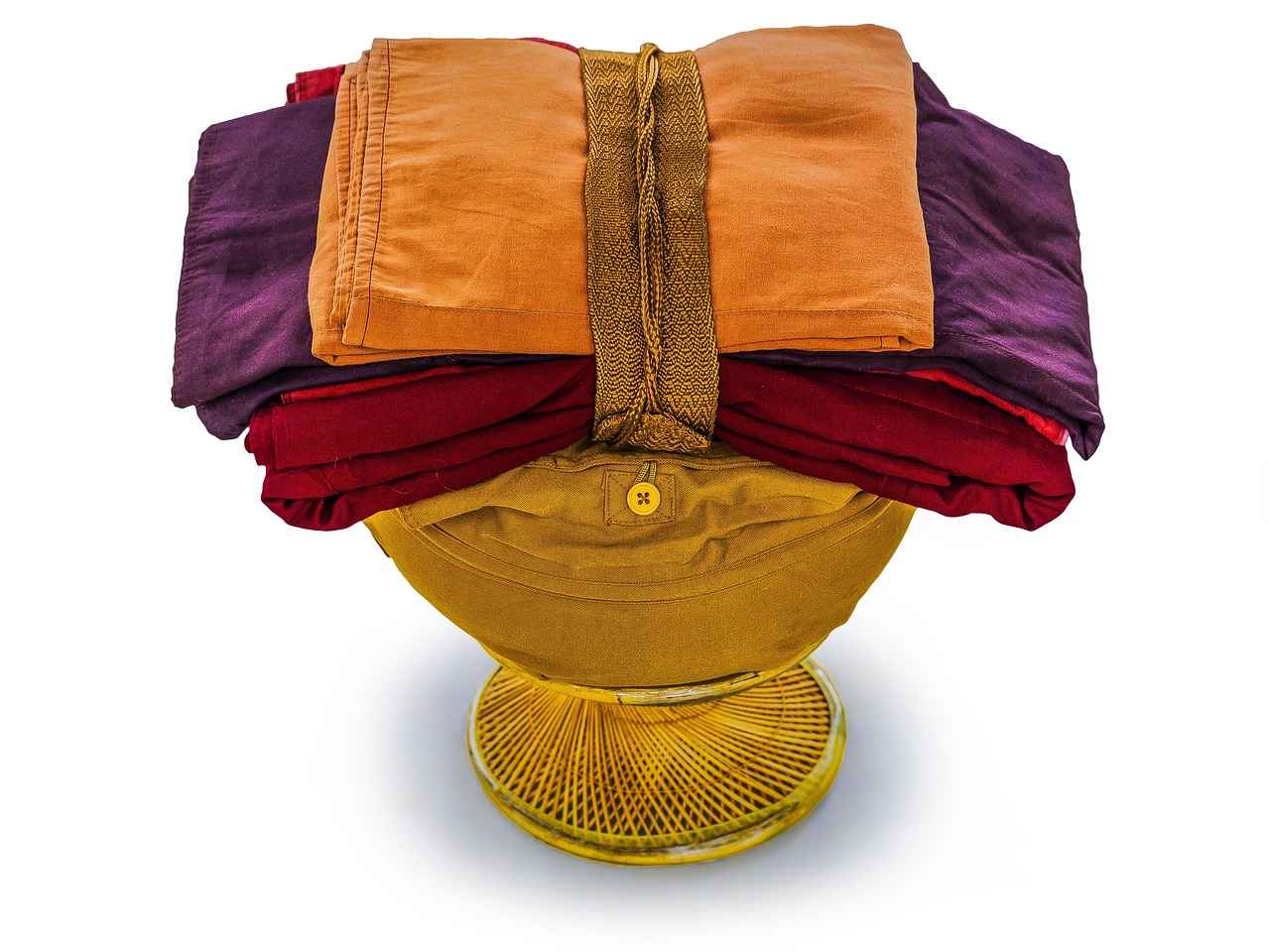
Exploring Kimono Styles
Kimonos are exquisite garments that embody the rich heritage of Japanese culture. They come in a multitude of styles, each tailored for specific occasions and imbued with unique characteristics. Understanding these styles not only enhances appreciation for the kimono but also helps individuals choose the right one for their needs.
One of the most recognized styles is the Furisode, characterized by its long, flowing sleeves. Traditionally worn by young, unmarried women, the Furisode is often adorned with vibrant colors and intricate patterns. It is typically worn during graduations, weddings, and other formal celebrations.
In contrast, the Hakama is a more formal style worn over a kimono, often for ceremonial occasions such as Shinto weddings or martial arts events. This style features wide pleated trousers that offer both elegance and ease of movement.
The Yukata is a casual summer kimono made from lightweight cotton. It is often worn at festivals or during fireworks displays, making it a popular choice for warm weather. The Yukata is typically less formal than its counterparts and is often paired with simple accessories.
Modern adaptations of kimonos have emerged, such as the Kimono Jacket, which blends traditional elements with contemporary fashion. These jackets can be worn over casual outfits, making them versatile for daily wear while still honoring the kimono’s heritage.
In summary, the world of kimonos is diverse, with each style serving a distinct purpose. Whether for formal events or casual outings, understanding these styles allows individuals to celebrate and embrace this beautiful aspect of Japanese culture.
Occasions for Wearing Robes
Robes are not just comfortable garments; they are versatile pieces of clothing that can be worn on a variety of occasions. Understanding when and how to wear robes can enhance both comfort and style, making them a staple in many wardrobes. Below, we explore the various settings in which robes can be appropriately worn.
- Casual Lounging: Robes are perfect for relaxing at home, providing warmth and comfort. Whether you’re enjoying a lazy Sunday morning or winding down after a long day, a soft cotton or plush robe can make your lounging experience more enjoyable.
- Post-Bath or Shower: After a bath or shower, a robe is an ideal choice. It helps to keep you warm while allowing your skin to breathe. Opt for a lightweight, absorbent material like terry cloth to enhance your post-bath experience.
- Morning Routine: Many people choose to wear robes during their morning routine, whether it’s sipping coffee, reading the news, or preparing for the day ahead. A stylish robe can add a touch of elegance to your morning rituals.
- Poolside or Beach: A lightweight robe can serve as a fashionable cover-up at the pool or beach. It provides sun protection and can easily be thrown on over swimwear for a quick trip to the bar or restroom.
- Hosting Guests: When hosting friends or family at home, wearing a robe can create a relaxed atmosphere. A chic robe can make you feel put-together while still being comfortable.
- Formal Events: Surprisingly, robes can also be worn for formal occasions. A beautifully designed silk or satin robe can serve as a luxurious outer layer for evening events, particularly in settings like spas or during themed parties.
In conclusion, robes are incredibly versatile garments that can be styled for various occasions. Whether you’re relaxing at home or attending a formal gathering, there’s a robe that fits the moment perfectly. By choosing the right fabric and style, you can ensure that you look and feel your best, no matter the setting.
When to Wear a Kimono
Kimonos are an integral part of Japanese culture, often associated with formality and tradition. They are not just garments but symbols of Japanese heritage, worn during a variety of significant occasions. Understanding when to wear a kimono can enhance the appreciation of this beautiful attire.
Primarily, kimonos are worn during formal events such as weddings, tea ceremonies, and other ceremonies that celebrate important life milestones. For instance, at weddings, brides may wear elaborate kimonos known as shiro-muku, which are typically white to symbolize purity. The groom may also wear a formal kimono, known as montsuki, paired with hakama trousers.
Another significant occasion for wearing kimonos is during cultural festivals. Events like Hanami (cherry blossom viewing) and Obon (a festival honoring deceased ancestors) see many individuals donning colorful kimonos. These festivals allow wearers to showcase the intricate designs and vibrant colors that kimonos are known for, reflecting the beauty of the seasons.
Moreover, kimonos are often worn during New Year celebrations, where families dress in traditional attire to welcome the coming year with good fortune. The style chosen for such occasions often varies, with younger individuals opting for more colorful and playful designs, while older generations may choose more subdued colors.
In addition to these formal occasions, kimonos can also be worn in everyday settings during summer festivals known as hanabi (fireworks festivals). Here, lighter cotton kimonos, called yukata, are popular as they are comfortable and suitable for warm weather.
Ultimately, wearing a kimono is about embracing cultural heritage and expressing personal style during significant moments. Whether it’s a wedding, a festival, or a simple gathering, the kimono serves as a beautiful reminder of Japan’s rich traditions.

Fashion Trends: Robes vs. Kimonos
In recent years, both robes and kimonos have transcended their traditional roots, making significant strides in contemporary fashion. Their unique designs and versatile styles have captured the attention of designers and fashion enthusiasts alike. This section delves into the latest trends surrounding these garments, highlighting how they are styled and worn today.
Robes are increasingly being embraced as fashionable outerwear. Designers have reimagined the classic robe, incorporating bold patterns, luxurious fabrics, and modern silhouettes. From loungewear to high-fashion runways, robes are being paired with various outfits, creating a seamless blend of comfort and style. For instance, a silky robe can be worn over a fitted dress for a chic evening look or paired with casual wear for a relaxed yet polished appearance.
On the other hand, kimonos have also evolved, showcasing a fusion of traditional and contemporary aesthetics. Modern kimonos often feature vibrant prints, unique cuts, and a variety of materials, making them suitable for different occasions. They can be layered over casual outfits, such as jeans and a t-shirt, or worn as a statement piece over a simple dress. This adaptability allows kimonos to cater to a wide audience, appealing to both those who appreciate tradition and those who favor modern fashion.
Moreover, the rise of sustainable fashion has further influenced the styling of robes and kimonos. Many designers are now focusing on eco-friendly materials and ethical production methods, which resonate with conscious consumers. This shift not only enhances the appeal of these garments but also emphasizes their role in promoting a more sustainable fashion industry.
In conclusion, both robes and kimonos have successfully integrated into contemporary fashion, offering endless styling possibilities. As they continue to evolve, these garments remain a testament to the blend of tradition and modernity, showcasing their enduring appeal in today’s fashion landscape.

Care and Maintenance of Robes
Proper care is essential for maintaining the quality and longevity of your robes. Whether you own a cozy bathrobe or a luxurious silk robe, following the right care guidelines can significantly extend its lifespan. This section provides practical tips on washing, drying, and storing your robes to ensure they remain in excellent condition.
- Washing Your Robes:
- Always check the care label for specific washing instructions.
- Use a gentle detergent to avoid damaging the fabric.
- For delicate fabrics like silk, consider hand washing or using a delicate cycle on your washing machine.
- Wash robes in cold water to prevent shrinkage and fading.
- Drying Techniques:
- Air drying is the best method for most robes, especially those made from delicate fabrics.
- If using a dryer, opt for a low heat setting to protect the material.
- Avoid hanging robes on a clothesline, as this can cause stretching; instead, lay them flat on a clean surface.
- Storing Your Robes:
- Store robes in a cool, dry place to prevent mildew and odors.
- For long-term storage, consider using a breathable garment bag.
- Avoid folding robes in a way that creates creases; instead, hang them if possible.
By following these simple yet effective tips, you can ensure that your robes maintain their beauty and functionality for many years to come. Regular maintenance not only enhances the appearance of your robes but also contributes to a more sustainable wardrobe.

Preserving Kimonos
Kimonos are not just garments; they are a symbol of Japanese culture and heritage. To ensure that these beautiful pieces maintain their elegance and intricate designs, special care is essential. This section provides comprehensive guidance on cleaning and storing kimonos, allowing you to cherish their beauty for years to come.
Cleaning Your Kimono
- Hand Washing: It is recommended to hand wash kimonos in cold water using a gentle detergent. Avoid wringing or twisting the fabric to prevent damage.
- Dry Cleaning: For kimonos made of silk or those with elaborate designs, professional dry cleaning is often the safest option.
- Spot Cleaning: If there are small stains, use a damp cloth to gently dab the area. Always test a small, inconspicuous area first.
Storing Your Kimono
- Use a Kimono Box: Store your kimono in a specially designed kimono box to protect it from dust and light. Make sure the box is made of acid-free materials.
- Hanging: If you prefer to hang your kimono, use padded hangers to maintain its shape. Avoid using wire hangers as they can cause creases.
- Climate Control: Store your kimono in a cool, dry place. Avoid areas with high humidity or direct sunlight, as these can cause fading and deterioration.
Additional Tips
- Regularly check your kimono for any signs of wear or damage.
- Consider using a garment bag for extra protection when storing.
- Keep mothballs or cedar blocks nearby to deter pests.
By following these care guidelines, you can ensure that your kimono remains a treasured part of your wardrobe, reflecting its cultural significance and beauty for generations to come.
Frequently Asked Questions
- What is the main difference between a robe and a kimono?
The primary difference lies in their cultural origins and design. Robes are versatile garments worn globally, often for comfort and leisure, while kimonos are traditional Japanese attire, rich in cultural significance and typically worn during special occasions.
- Can I wear a kimono casually?
Absolutely! While kimonos are traditionally worn during formal events, modern styles have made them popular for casual wear too. Pairing a kimono with jeans or a simple dress can create a chic, laid-back look.
- How do I choose the right fabric for a robe?
Choosing the right fabric depends on your needs. Cotton is breathable and great for summer, while silk offers luxury and warmth. Consider the occasion and your comfort to find the perfect fit!
- What occasions are best for wearing a kimono?
Kimonos shine during formal events, cultural ceremonies, and festivals. They are perfect for weddings, tea ceremonies, and even themed parties, bringing a touch of elegance and tradition.
- How should I care for my robe to ensure its longevity?
To maintain your robe, wash it according to the fabric’s care instructions. Generally, gentle cycles and air drying work best. Storing it properly, away from direct sunlight, will help keep it looking fresh!
